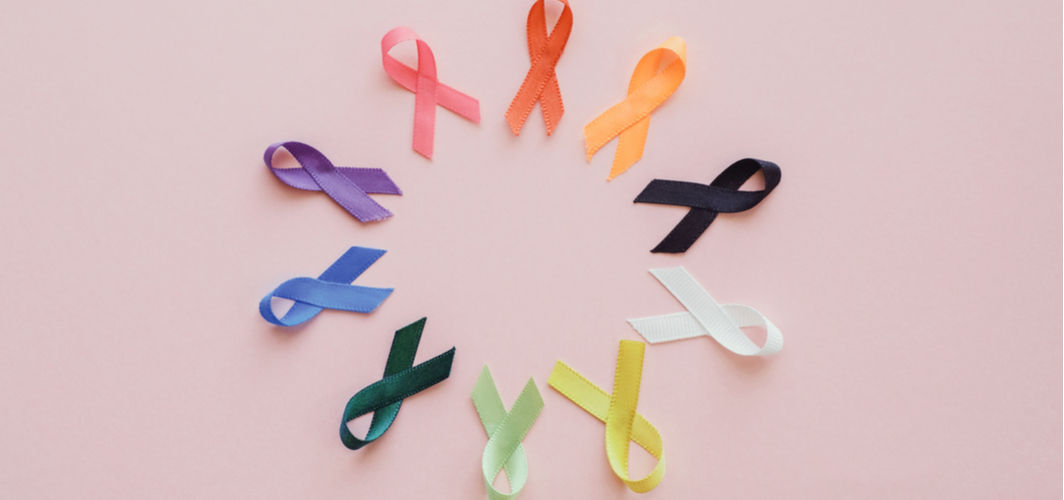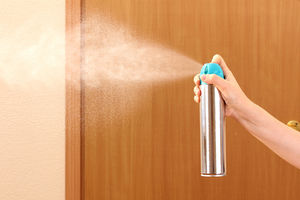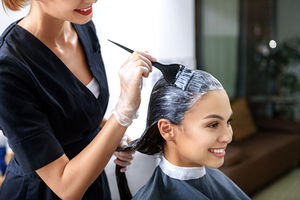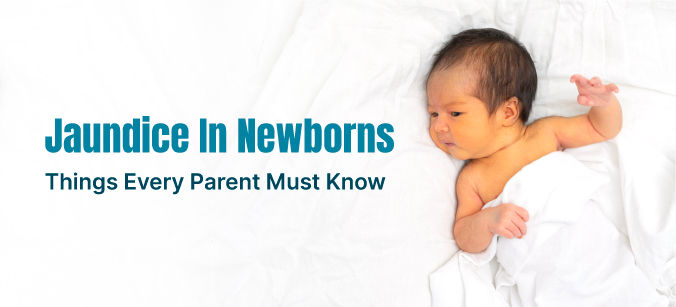General Health
7 Cancer-Causing Substances That You Should Distance Yourself From
4 min read
By Apollo 24|7, Published on - 21 June 2022, Updated on - 12 April 2023
Share this article
0
5 likes

Did you know cancer is the leading cause of death globally, which resulted in more than 10 million deaths in 2020! While most cancers develop due to the transformation of healthy cells into tumour cells, there are hundreds of other things around you, known as carcinogens, that can increase your risk of developing cancer.
What are the carcinogens?
Carcinogens are substances that have the potential to cause cancer. They can either occur naturally, such as mycotoxins (developed from moulds) or human-made such as tobacco and preservatives. These carcinogens can interact with the DNA of the cell and result in cancer-causing genetic mutations.
Common Cancer-Causing Things
Some of the common carcinogens present around the environment are:
1. Tobacco: It is a known fact that both smoked and smokeless tobacco increases the risk of developing cancer. However, people living with smokers are also at a 20% to 30% higher risk of developing lung cancer as they are constantly exposed to second-hand smoke (also called passive smoking), which contains a deadly mix of chemicals such as arsenic, benzene, beryllium, chromium, and formaldehyde. Smoking cessation can not only help the smoker but also prevent their family from the possible risk of cancer.

2. Room fresheners: Most room fresheners use harmful ingredients such as formaldehyde (a known carcinogen) or naphthalene to add fragrance to the product. These room fresheners release carcinogenic chemicals into the air, thereby increasing the risk of cancer. One must look for natural fragrance-free air fresheners.

3. Food preservatives: Preservatives such as nitrates are added to all the salty, pickled, and smoked packaged foods to increase their shelf-life. On consuming these foods, the body converts nitrates into N-nitroso compounds, which increases the risk of developing cancer. Red meats also contain nitrates, which, on getting heated, convert into cancer-causing nitrosamines. It is advised to eat fresh foods and avoid the consumption of processed foods.
4. Coffee: Caffeine present in coffee has been associated with an increased risk of developing bladder cancer. However, extensive research has also shown that caffeine has been linked with both increased and decreased risk of developing cancer. The effect of caffeine on the body depends on its concentration and the other carcinogenic substances (such as alcohol or tobacco) that are being consumed along with it.

5. Talcum powder: You will be astonished to know that the most widely used talcum powder can be carcinogenic. Talcum powder is made up of talc, which in its natural form may contain asbestos. Inhaling asbestos can result in mesothelioma (a malignant tumour) and lung cancer. Though the studies are limited, it is advised to look for talcum-free powders, especially for babies.

6. Hair dye: Several studies have shown that prolonged use of hair dye can increase the risk of developing bladder cancer, non-Hodgkin lymphoma, leukaemia, and breast cancer. A study revealed that most hair-dying products contain endocrine-disrupting compounds and carcinogens that increase the risks of breast cancer. While more research is required to determine the carcinogenic potential of the hair dye, people are advised to perform a patch test to look for allergic reactions every time they use a hair dye.

7. Asbestos: Asbestos is a fibrous mineral that is used in cement roofing sheets, cement pipings, textiles, automotive brakes of cars, and insulation sheets. With time, asbestos fibres get released in the air, which, if inhaled, can lodge inside the lungs, thereby increasing the risk of cancer. Those dealing with asbestos should wear a mask to stay protected.
Recommended reading: 7 Warning Signs of Cancer
Can preventing exposure to carcinogens reduce the risk of cancer?
It must be noted that not every substance specified as a carcinogen would necessarily cause cancer. The amount and duration of exposure to the carcinogen, along with the person’s genetic history influence the risk of developing cancer. For instance, if a person with a family history of cancer gets exposed to a carcinogen for a long period, their risk of developing cancer would increase significantly.
However, certain unhealthy practices such as smoking cigarettes and substance abuse would increase the risk of cancer, irrespective of other factors. Therefore, people must be aware of different signs of cancer such as unexplained weight loss, persistent fever, development of abnormal lumps, and several others and reach out for help when needed.
Recommended reading: 9 Natural Foods That Could Lower Your Risk of Cancer
Various studies conclude that polluted air, the UV rays from the sun, the preservatives in packaged food, and numerous other things can increase your risk of developing cancer. However, the possibility of developing cancer from these carcinogens also depends on various other factors. While scientists are trying to find out methods to prevent and enable the early detection of cancers caused by such environmental carcinogens, people must consult doctors on experiencing any sudden, abnormal changes in their bodies. It is important to understand that cancer is a global burden that can only be arrested by early and accurate medical intervention.
Want to know more about carcinogens?
Medically reviewed by Dr Sonia Bhatt.
General Health
Leave Comment
Recommended for you

General Health
Pale Skin To Brittle Nails: Know The Signs Of Low Iron In Your Blood
Low iron content in the blood is a common issue faced by many adults and children. It is often due to a variety of causes, like an improper diet or poor absorption of iron from food.
_22.jpg?tr=q-80)
General Health
I have jock itch problem for approx 1 year. Please prescribe me the best medicine to solve this problem.

General Health
Jaundice in Newborns: What Parents Should Know
Parents must consult a doctor if their baby shows intensified yellow pigmentation along with fever, high-pitched cries, and listlessness.
Subscribe
Sign up for our free Health Library Daily Newsletter
Get doctor-approved health tips, news, and more.
Visual Stories

The Best Exercises for Controlling Blood Sugar Levels
Tap to continue exploring
Recommended for you

General Health
Pale Skin To Brittle Nails: Know The Signs Of Low Iron In Your Blood
Low iron content in the blood is a common issue faced by many adults and children. It is often due to a variety of causes, like an improper diet or poor absorption of iron from food.
_22.jpg?tr=q-80)
General Health
I have jock itch problem for approx 1 year. Please prescribe me the best medicine to solve this problem.

General Health
Jaundice in Newborns: What Parents Should Know
Parents must consult a doctor if their baby shows intensified yellow pigmentation along with fever, high-pitched cries, and listlessness.